I wasn’t expecting Armored Core VI to be a Soulslike, but I was expecting some kind of transformative experience. Perhaps that’s a bit much to ask of FromSoftware, but for more than a decade now, since Dark Souls itself in 2011, FromSoftware has grown to become renowned for a certain quality in its work. It’s a quality that I do not see in Armored Core VI.
Related reading: Perhaps FromSoftware could look at bringing Lost Kingdoms back next?
I know it’s beyond a parody to compare things to the Souls games, but in FromSoftware’s case, it’s worth at least a passing comparison since it is a “genre” that the company literally invented. So let’s do that.
What have the Souls games been renowned for? Firstly, the narrative. While it’s told in a piecemeal fashion and demands players pay attention to everything from level design to boss names and item descriptions, the Souls games do have a richly evocative narrative that covers far more thematic depth than is immediately apparent.
As I wrote in my review of Elden Ring, for example: “The Pilgrim’s Progress is obviously preachy, but if you can get past that, it’s actually an incredible story about a journey and, while Elden Ring isn’t preachy, the parallels here are incredible. Elden Ring is a deeply symbolic story of a journey by a heavily burdened pilgrim, who, along the way, suffers a number of torments and tests, has to deal with godforsaken swamplands (no one ever likes these, but FromSoftware loves tormenting us with them), with the ultimate goal of reaching somewhere special and spiritual (no spoilers here!). The traveller is set upon by demonic enemies, encounters the rare bastion of goodness in a blighted land, and every area that they visit is named as though Bunyon himself was on the writing team.
“Of course, it’s unlikely that Miyazaki has read The Pilgrim’s Progress (though it has been translated into Japanese), and thought to himself “well, let’s do that!”, but the densely allegorical and symbolism-drenched narrative, backed up with the gothic setting, is a clear parallel. The simple reality that Bunyon’s book has been so influential over hundreds of years now that, even if the inspiration is tertiary and Miyazaki merely read a book by a person that was inspired by The Pilgrim’s Progress, you can see it in there in Miyazaki’s work, clearly and explicitly.”
So, in that context, Armored Core VI’s narrative isn’t just poor, it’s pathetic. A big part of the problem is the structure of the game – rather than the continuous “open” worlds of the Souls games, which allowed the developer to layer the journey as part of the narrative, Armored Core is broken down into a sequence of little quests, each bookended with a few lines of dialogue (largely to remind you that you’re a mercenary, you’re fighting for the highest bidder, and you’ve got stuff to blow up). There’s so much From Software could have done, given this is a spacefaring setting and there’s a strong, timeless background to them. See, the spaces that you’re fighting over have all been blighted. A precious resource was left behind on those blighted lands, and several corporations have shown up to battle over it. Yes, you’re right in thinking this sounds both familiar and an exciting concept, but Dune this is not. In fact, though it’s derivative of Dune and its spice wars, it’s an insult to Frank Herbert’s memory to suggest that his vision can be streamlined like this.
You’re left with little sense of character, and little reason to care about the fighting. Perhaps this was intentional and From Software’s way of commenting on the soulless and efficient experience of mercenaries, but it simply doesn’t come across as a compelling experience to play through. And, because it is so unengaging, it doesn’t take long for you to just switch off and lose track of what little narrative it does have.
Thankfully, the combat is incredibly high-quality, and in fairness, most of the people who pick up Armored Core will likely give the narrative a pass because it’s so viscerally entertaining. Despite piloting a massive mech, you are nimble and dynamic on the battlefield, and beyond the first few missions, your twitch action capabilities will be sorely tested. As fast as you can move your mech, there is also real impact behind every explosion and crunch of metal against metal in melee, and, as I said before, it feels visceral.
The level of customisation available makes it all the more thrilling to dominate the battlefield. From the weapons, to the body components and even the chips in the machinery, you’re about to scrap together a mighty machine that supports your preferred way of fighting. I like the nimble dancer that can weave in and out and dodge around a pin-edge, and I was happy to see that while the trade-off between weight and armour did leave you vulnerable if you weren’t really good at pirouetting out of the way of attacks, this was a very viable approach. I’m quite sure other players will build slow-moving lumbering tanks that are easy to hit, but so well-protected and heavily armed that it hardly matters. No doubt a lot of time in development went into balancing what is a massively deep, complex, and rewarding customisation system.
And yet that also feels like it also goes to waste because most missions are over in seconds. You get in, bash a handful of enemies, and then celebrate your victory. As it turns out, some of the best moments in the game came from the introduction and “tutorial”, which was a sustained and lengthy journey across an entire city that culminated in a boss battle that was vintage Soulslike design. There are some similar moments later on (with a special nod to the boss that made Shadow of the Colossus’ behemoths seem small in scale), but way too much of the rest of the game are the kind of micro-length missions that we used to get on PSP RPGs, because the console was simply incapable of handling anything sustained.
You will need some patience to work through all of Armored Core. Bosses can be brutally difficult, and the pace is far beyond the Souls games – it’s almost at the point that you’ll want to practice with some SHMUPs to get you in the habit of dodging enemies. But here the difficulty is less warranted, and indeed, it’s the lack of anticipation for what comes after a difficult battle is actually the single biggest problem with the game. With Elden Ring, I was taking on the bosses because I wanted to see the world beyond. I could see a castle down that road if I could just get past this creature. This stupid ugly zombie-demon wasn’t going to stop me from exploring something that promised to be fascinating. Armored Core, meanwhile, promises little more than a return to base and perhaps a new gizmo to install on your mech. It’s just not the same incentive to play on.
With Armored Core VI, FromSoftware has demonstrated, yet again, that it has few peers when it comes to intelligent and thought-provoking action. You’ll need to be faster on the draw and quicker with the reactions to survive this game’s bullet ballet-like approach, but you’ll also need to be smart and precise, and there’s elegance to complement with the visceral sound of metal rending. Sadly, that’s all FromSoftware has delivered this time around, and for a company that has mastered the ability to give truly memorable context to its worlds, characters, and battles, the shallow hollowness of this experience is truly disappointing.
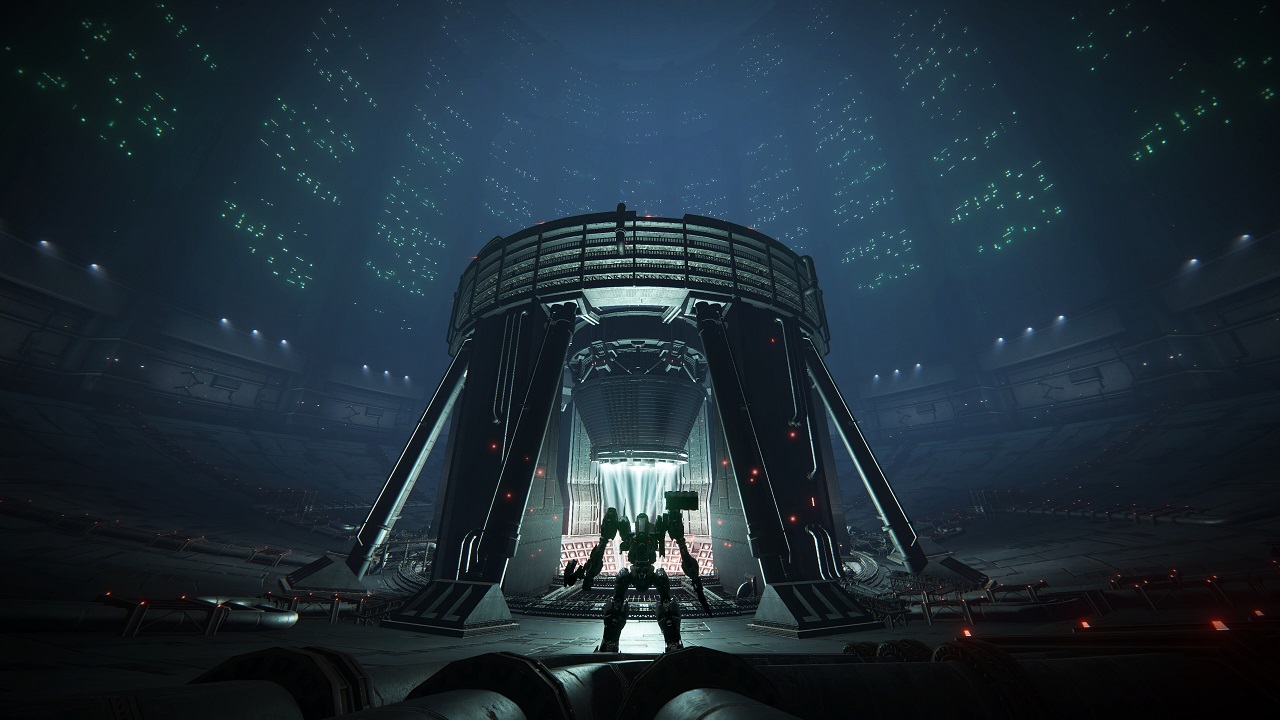

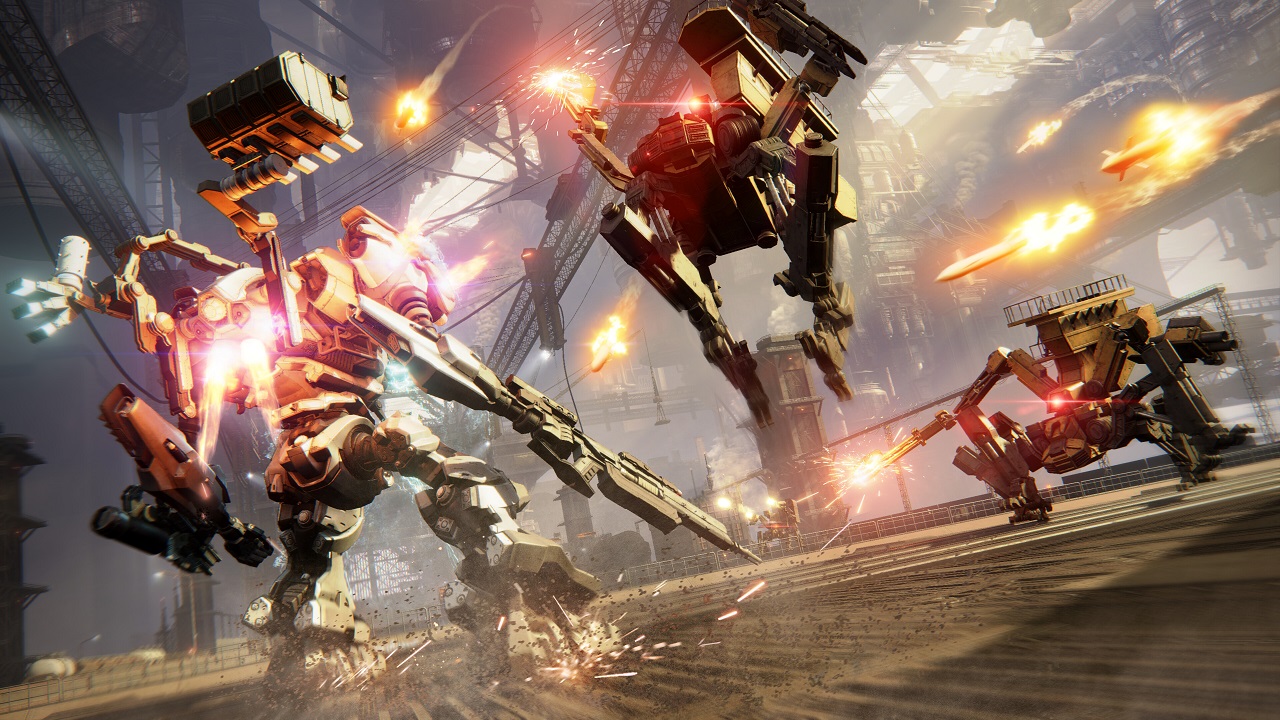
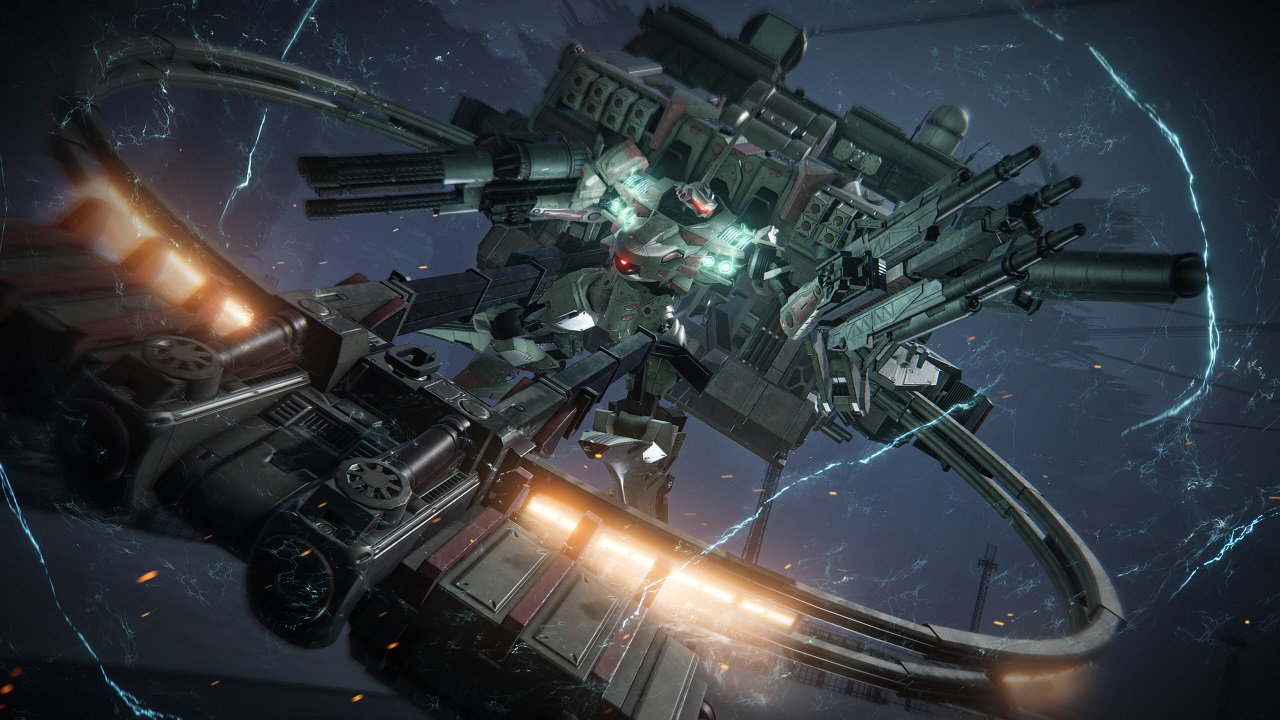
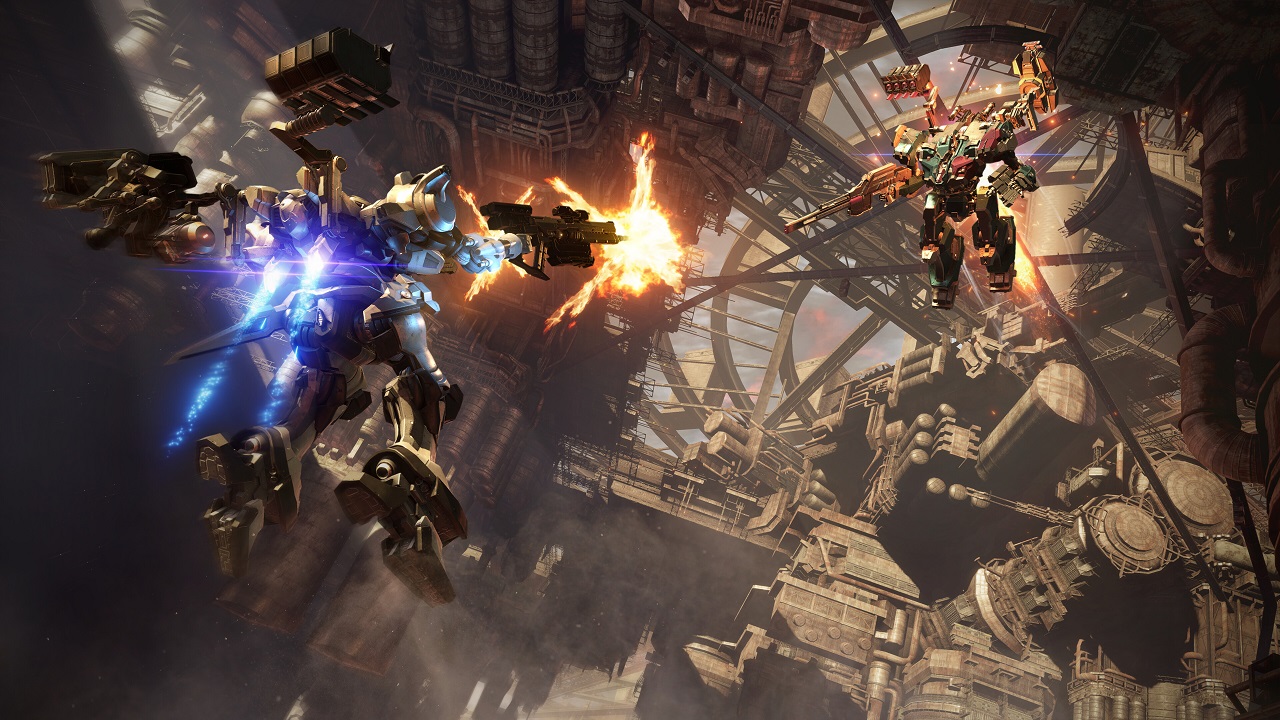

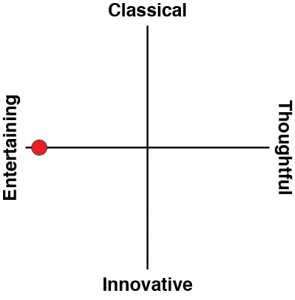





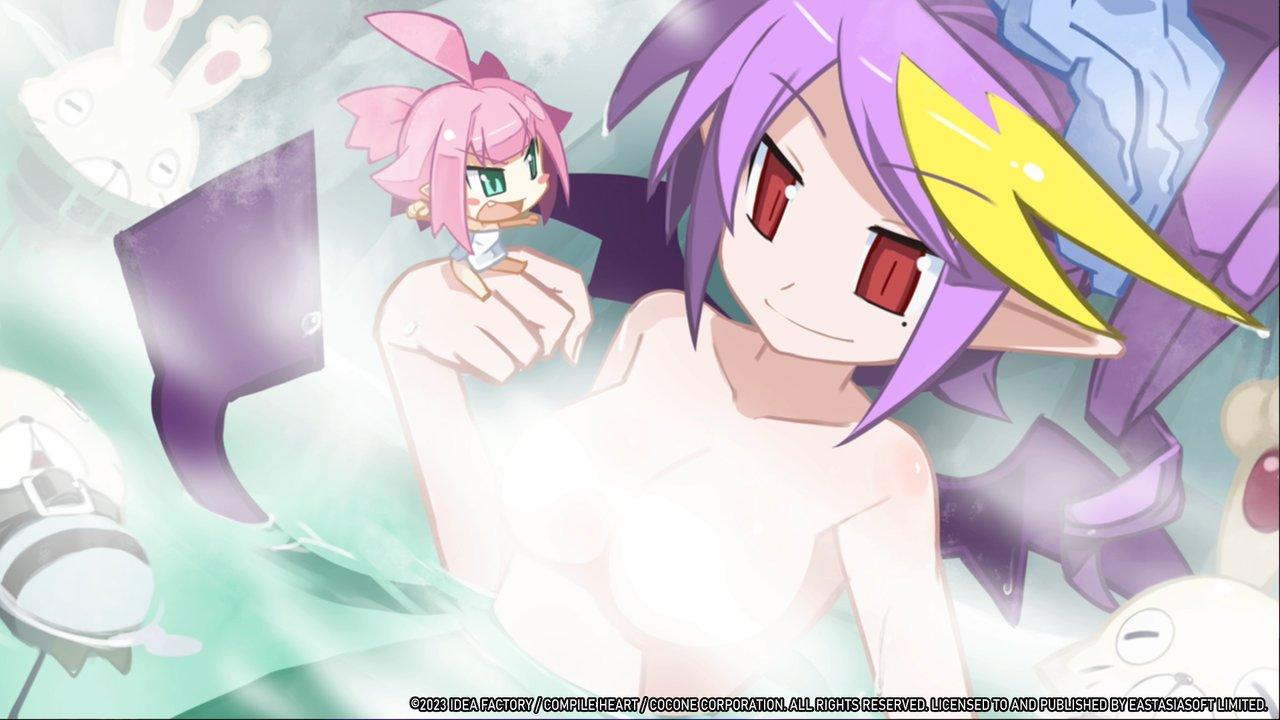


Oh No! you dare to insult the holy church of FROMSOFT! FOR SHAME!
JK in all seriousness, I’ve found both this and ER to not have worked for me either in world design or narrative design. I think FROM works best with the smaller, more linear worlds like Bloodborne, Demon’s Souls and Sekiro.
10/10. Missions split up doesn’t make a difference to me